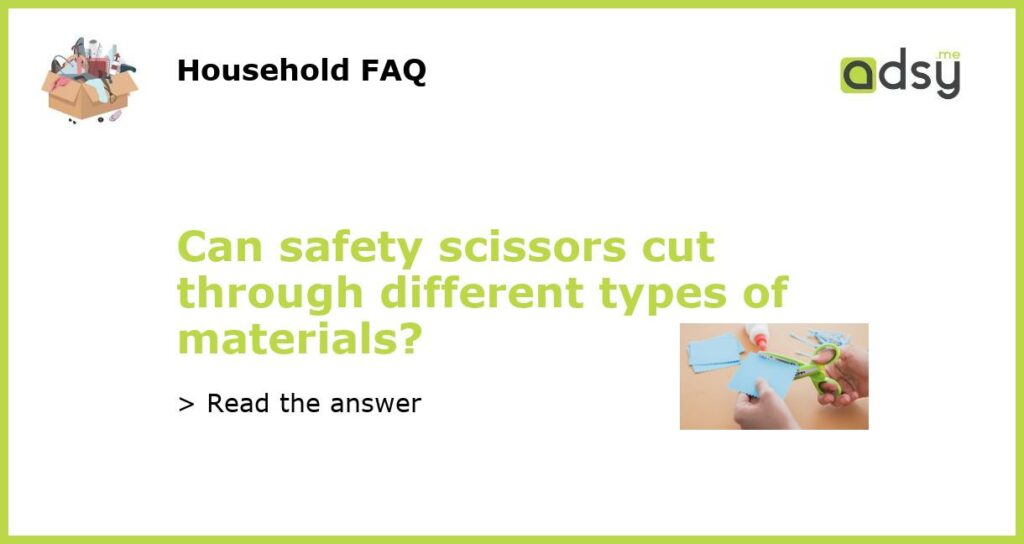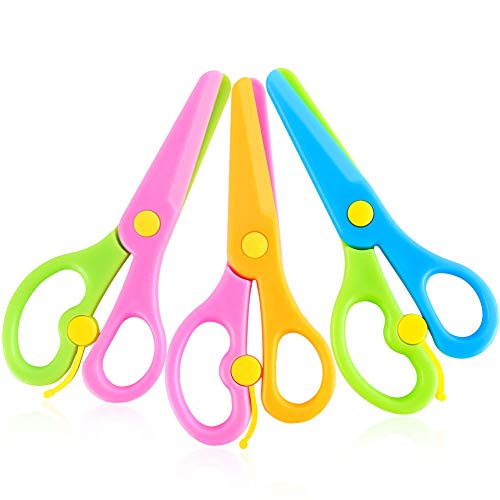Can Safety Scissors Cut Through Different Types of Materials?
Safety scissors are a common tool used by children and adults alike for a variety of purposes. They are designed with rounded tips and blades to minimize the risk of injury, making them ideal for use in schools, homes, and offices. However, one common question that arises is whether safety scissors can cut through different types of materials. In this article, we will explore the capabilities of safety scissors and determine what they can and cannot cut through.
Safety Scissors: An Overview
Safety scissors are typically made with plastic handles and stainless steel blades. The blades are designed to be relatively dull, eliminating the risk of serious injury if someone accidentally touches them. The rounded tips also reduce the likelihood of poking anyone. These features make safety scissors particularly suitable for children to use in crafts and art projects.
What Safety Scissors Can Cut
Despite their name, safety scissors are not completely without cutting abilities. They can cut through a wide range of materials, including paper, cardboard, and certain types of fabric. For lightweight materials like paper and thin cardboard, safety scissors provide satisfactory cutting performance. They can easily cut through these materials without much effort.
Safety scissors are also suitable for cutting playdough, clay, and other soft and pliable substances. Their rounded tips prevent any accidental injuries while working with these materials.
It’s worth noting that safety scissors can also handle cutting tasks that involve adhesive materials, such as tape or stickers. While they might get sticky over time, these scissors are still effective in getting the job done.
What Safety Scissors Cannot Cut
While safety scissors can handle a variety of cutting tasks, there are certain materials that they are not designed to cut. For instance, safety scissors are not suitable for cutting hard or thick materials such as metal, plastic bottles, or thick fabric. Attempting to use safety scissors on these materials will likely result in poor cutting performance or even damage to the scissors.
Similarly, safety scissors are not designed for cutting hair. The dull blades and rounded tips of safety scissors make them unsuitable for this particular task. For hair cutting purposes, it is important to use proper hair cutting scissors or visit a professional hairdresser.
The Importance of Proper Maintenance
To ensure optimal cutting performance and longevity of safety scissors, it is essential to properly maintain them. Regular cleaning and drying of the blades, especially after cutting adhesive materials, can help prevent blades from becoming sticky and less effective. Additionally, keeping the blades well-oiled can help maintain their sharpness over time.
It is also crucial to store safety scissors in a safe place, away from young children’s reach, as their rounded tips may still pose a risk if used improperly. By taking good care of safety scissors, you can ensure they continue to serve their intended purpose and safely cut through various materials.






